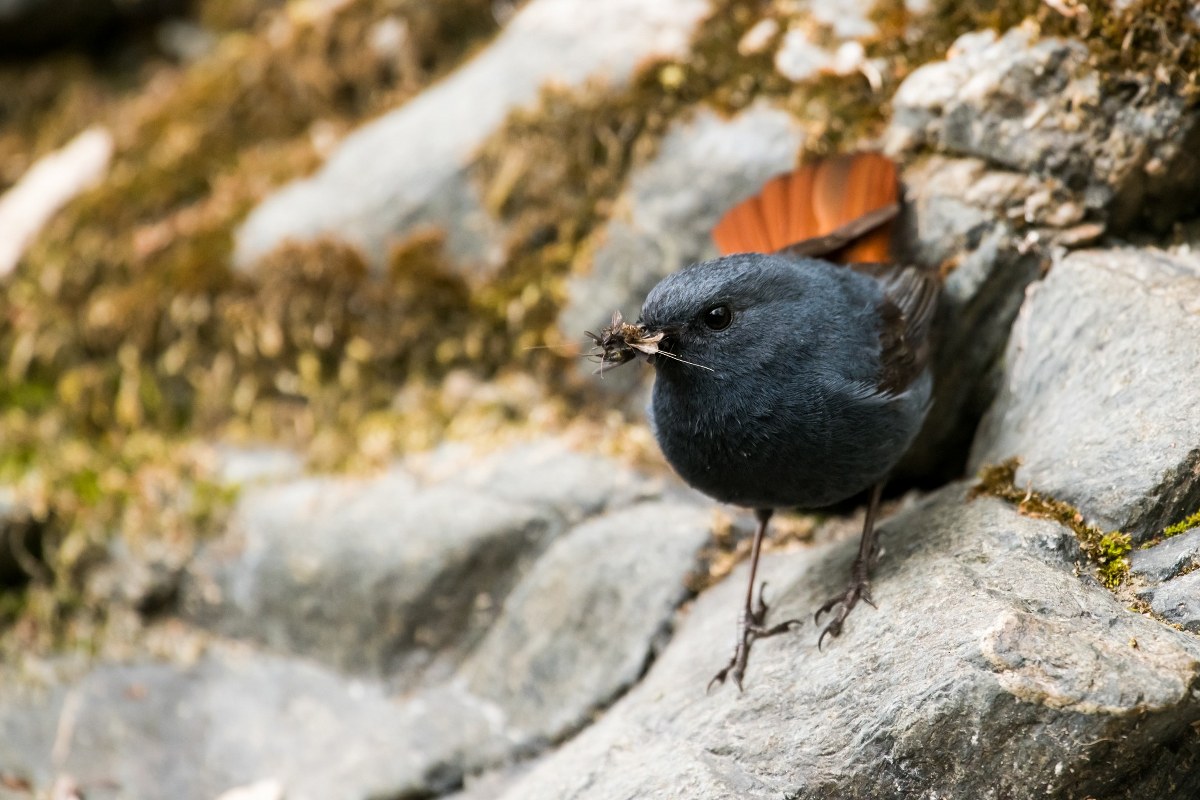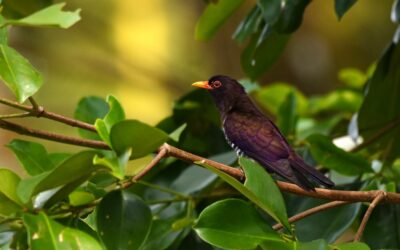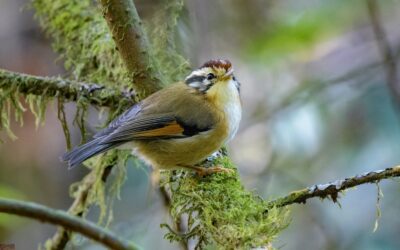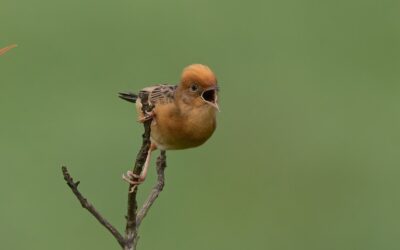 The eBirding Challenge for June is this:
The eBirding Challenge for June is this:
Choose at least four distinct locations, and from each, upload at least five complete bird lists ![]() during the month of June.
during the month of June.
Why multiple locations? Because this provides information on how birds are distributed across the landscape. Any distinct locations, whether private locations or hotspots, are eligible. We encourage you to space them at least 1km apart.
Why multiple lists from each location? Because this gives a better idea of the birds found at a single spot. A single list from a location can easily miss a number of species present. Multiple lists on a single day also count (eg, two 15-min lists on 20 June are counted as two lists towards the challenge).
Please upload all your June lists by 5 July so that we can announce the results on 6 July. All birders who reach this target will be named and recognized on this website. One of these names will be chosen at random to receive a small birding-related gift in appreciation.
While submitting your lists, please do consider the following (even though they are not part of this month’s challenge):
- Specify breeding codes. If you see any evidence of breeding, please do give this under ‘Add Details’ and then ‘Breeding Code’. More about breeding codes is here.
- Embed multimedia. If you have been able to take photos, videos or sound recordings, do embed them in the relevant species comment boxes. For a guide to embedding such files in your lists, see here.
- Carry out night counts. Crepuscular and nocturnal species like nightjars and owls are often under-represented in our lists. If possible, try out some bird counts at night, for which you might have to hone your skills in identifying birds by sound! Even very basic audio recordings can be helpful here. You can upload them to xeno-canto or SoundCloud and embed them in your lists. Remember to keep yourself safe at night!
Here are the general rules of our monthly challenges. You can keep track of fresh lists coming in from India at this page.
Important. if you are new to eBird, please read this description first, and do take a look at the Beginner’s Guide.
Header Image: Plumbeous Redstart Phoenicurus fuliginosus © Claudia Brasileiro/ Macaulay Library





Around 10,000 breading pairs of openbill stork, cormorant, large egret, grey heron, night heron, pond heron, little egret has arrived Samsernagar, Sunderban. I will inform you the details soon.